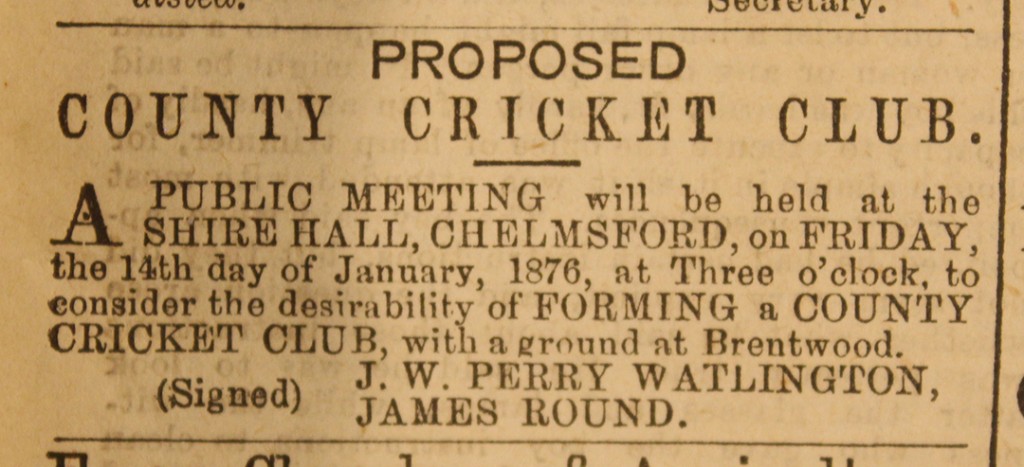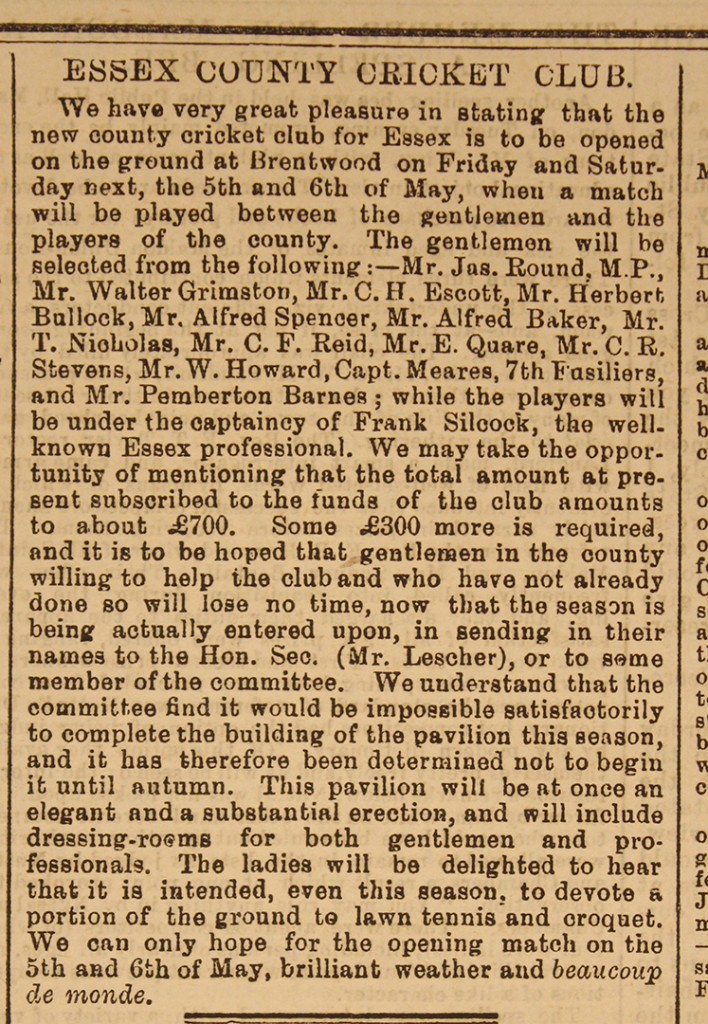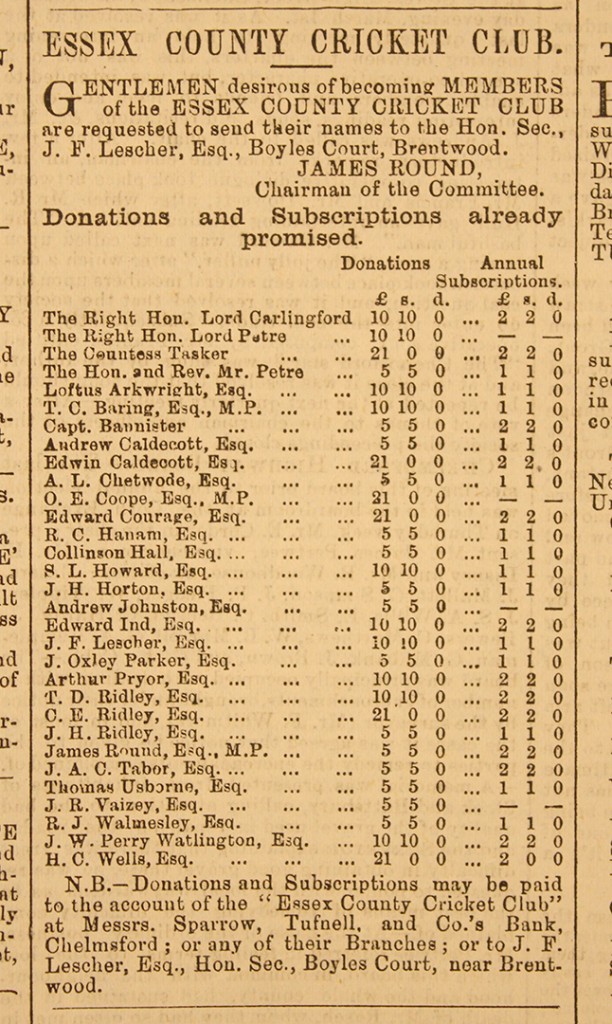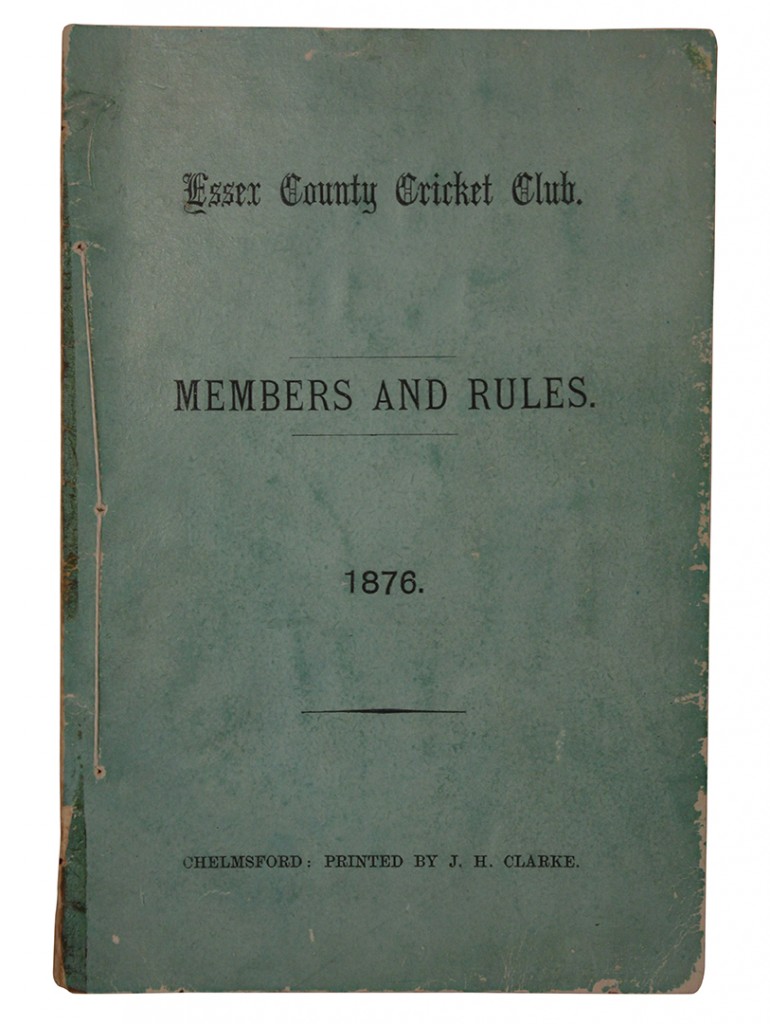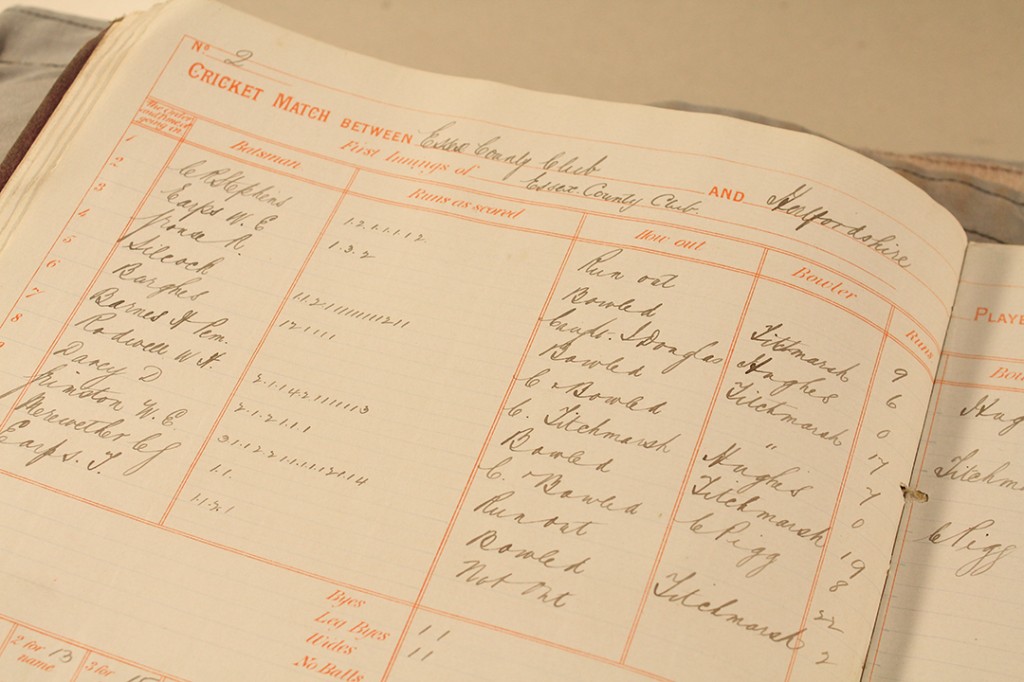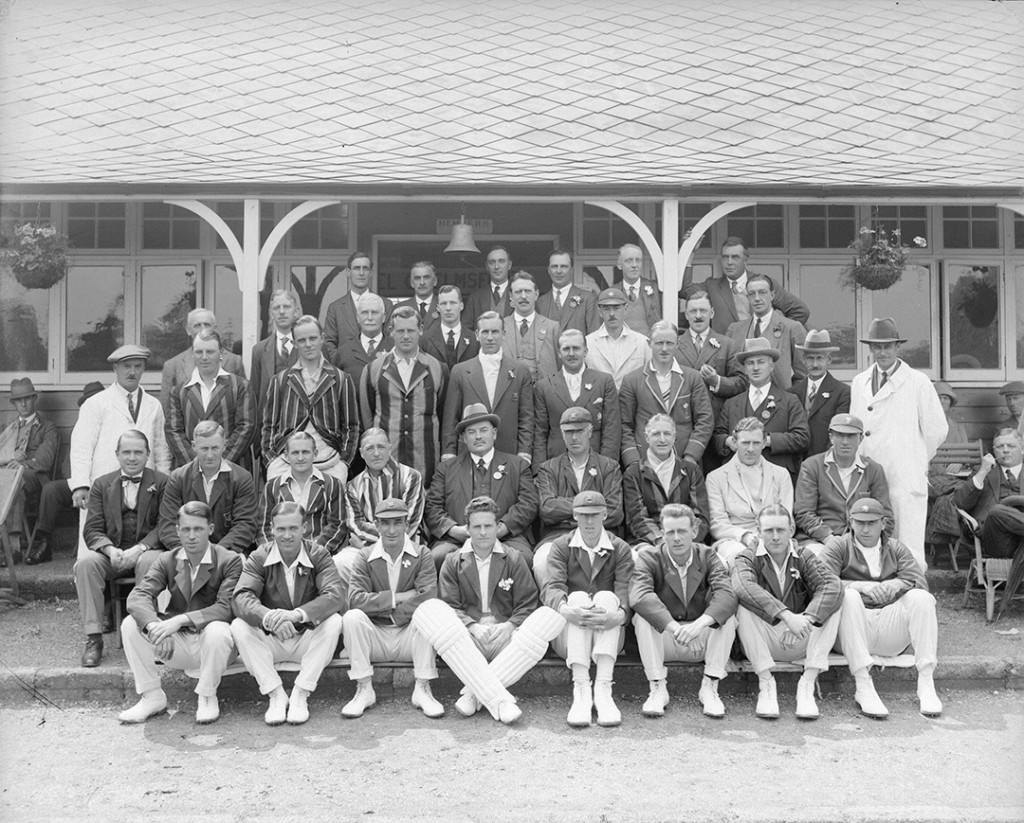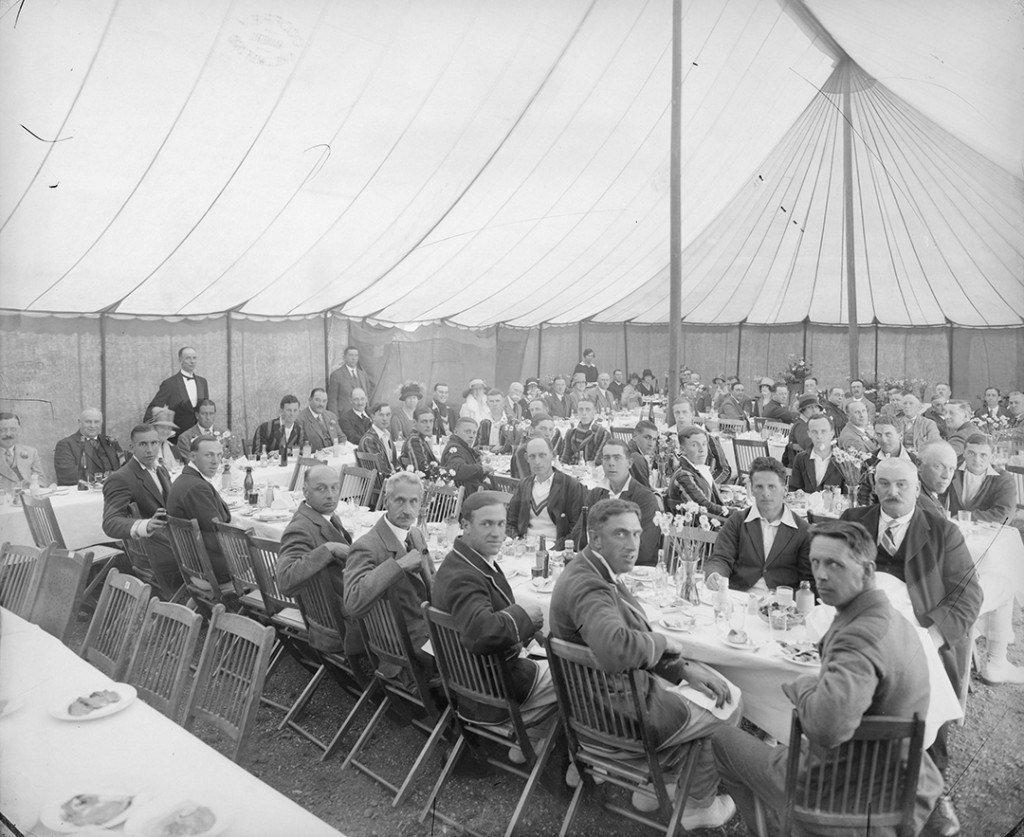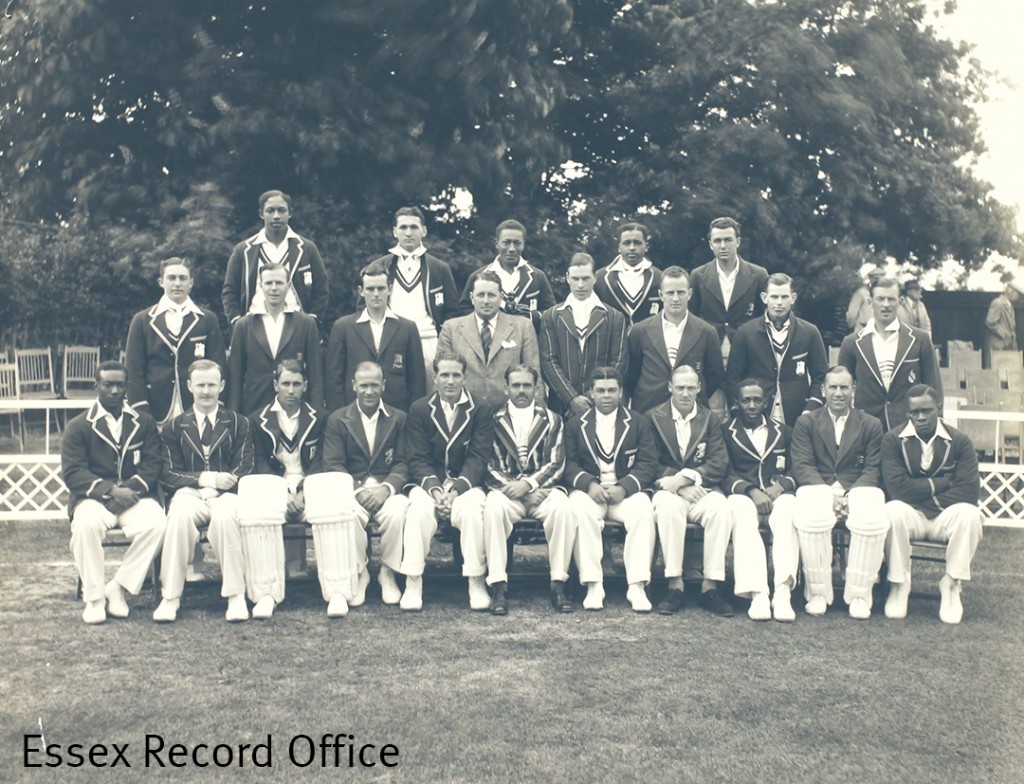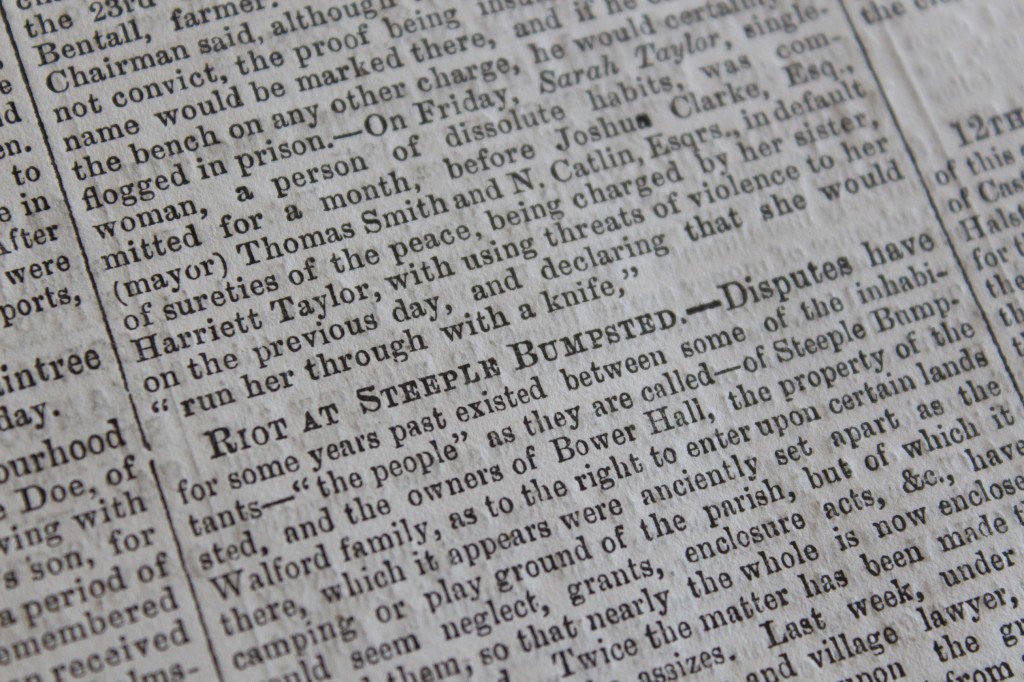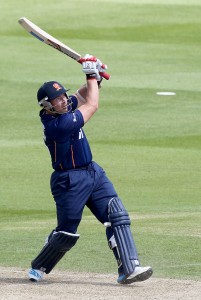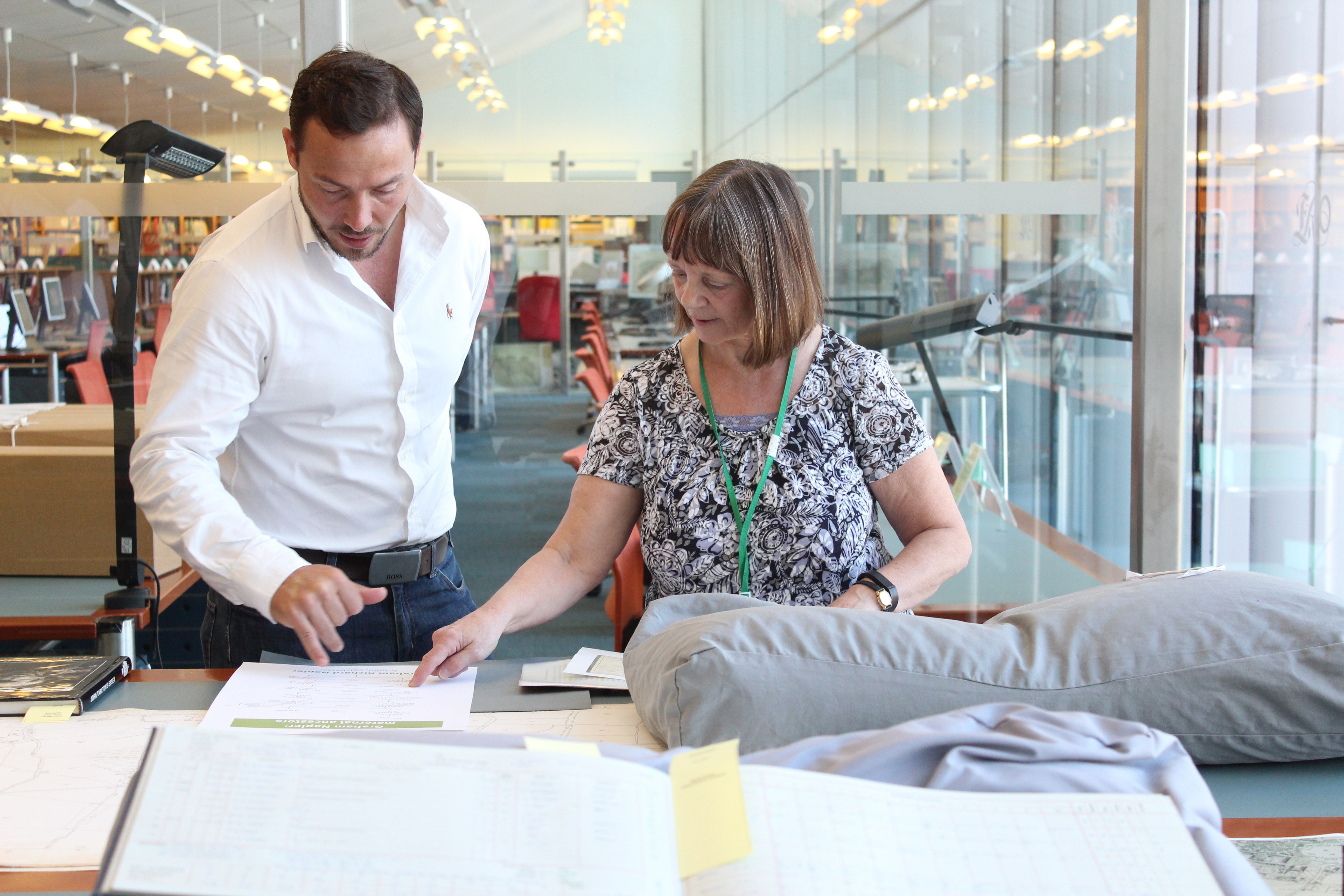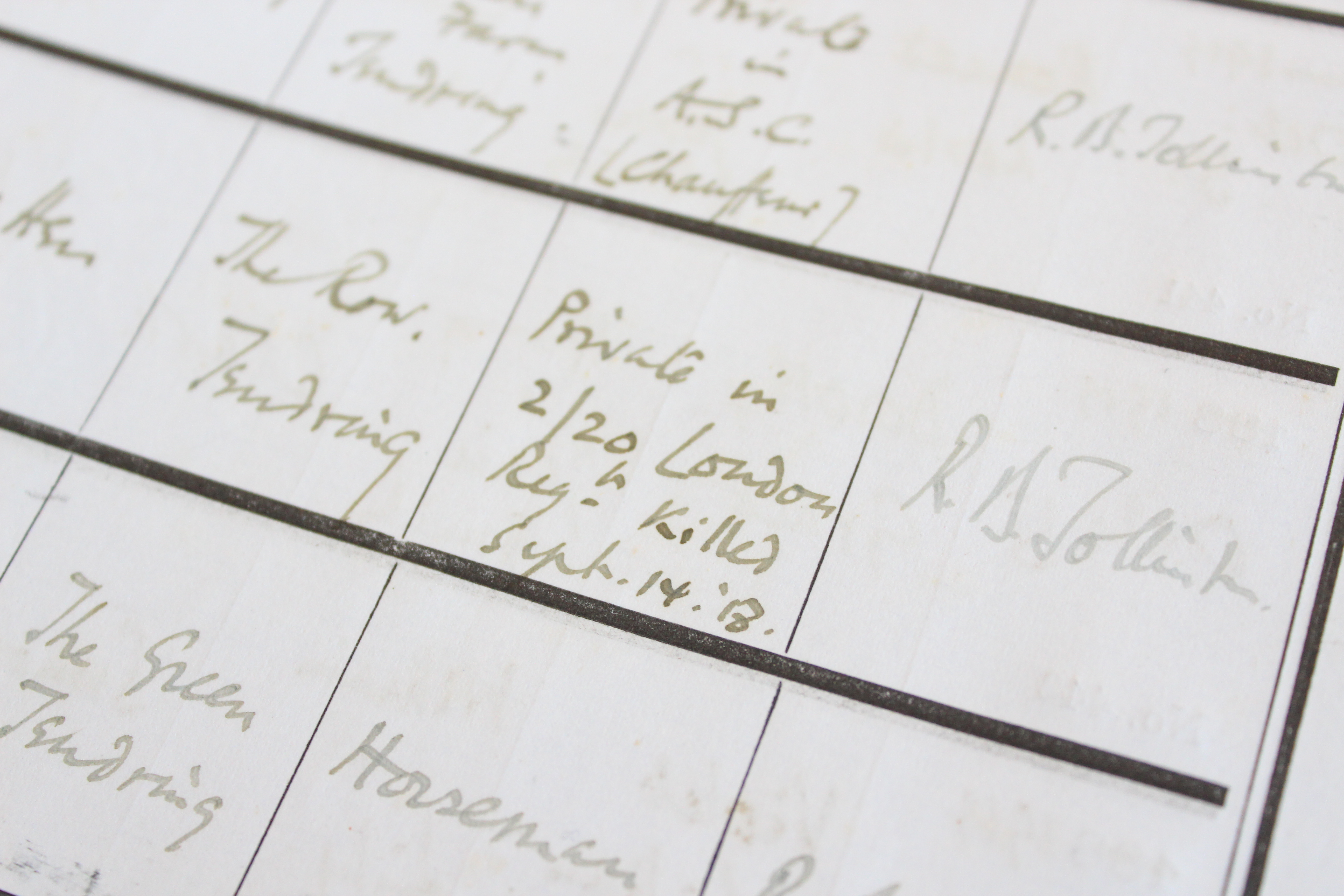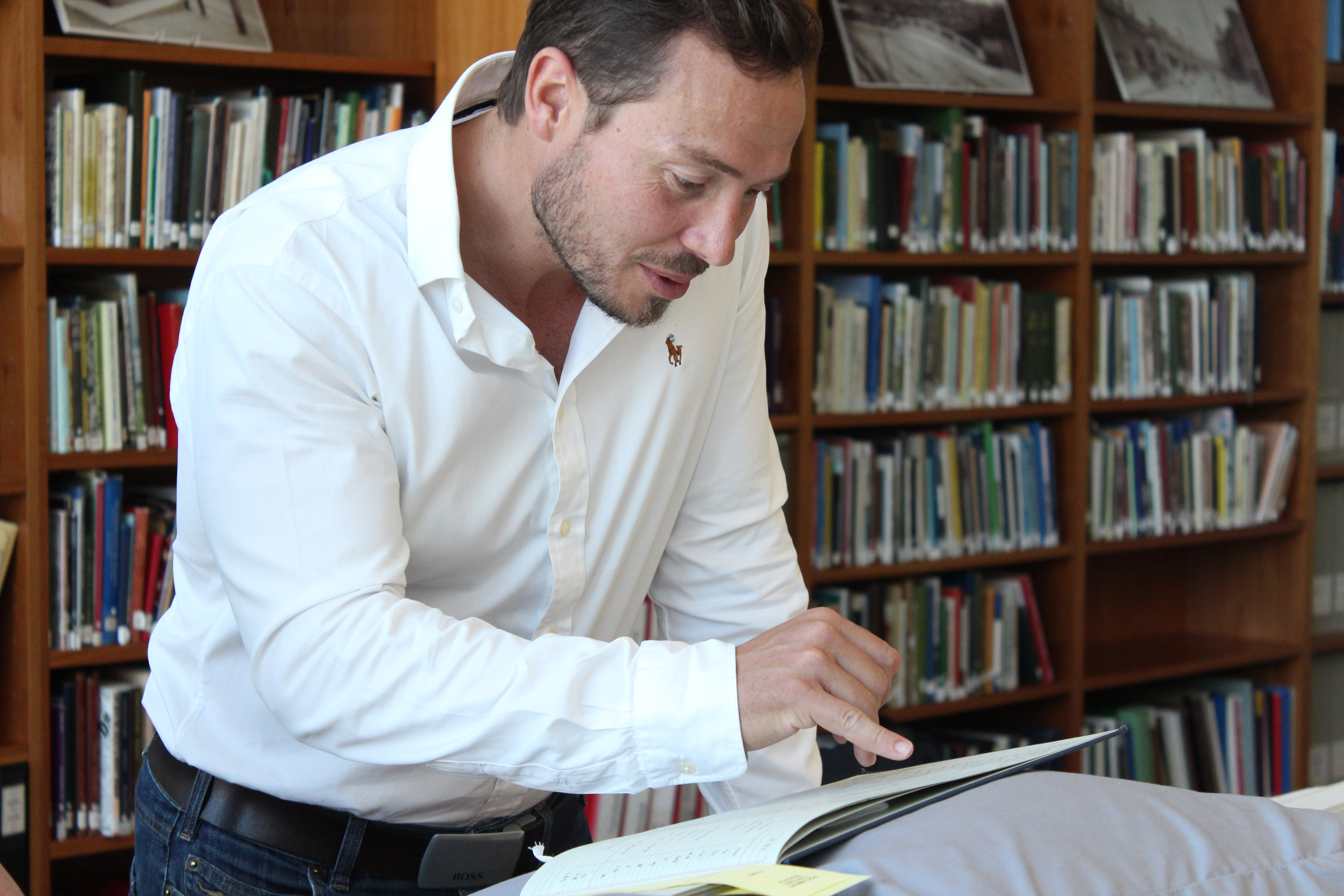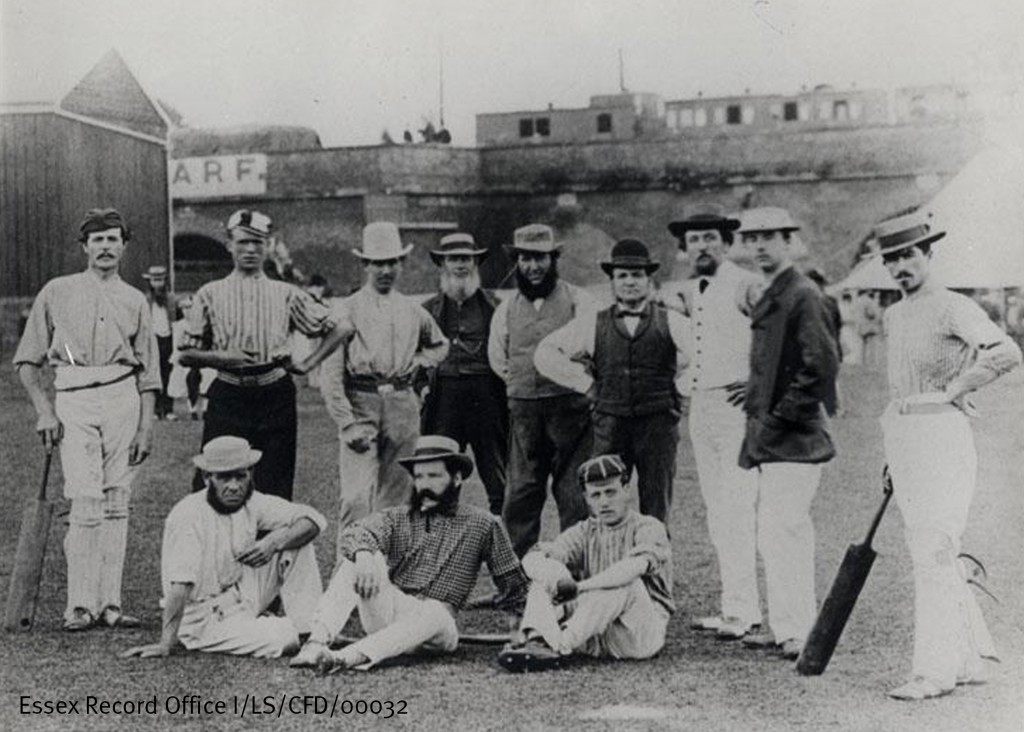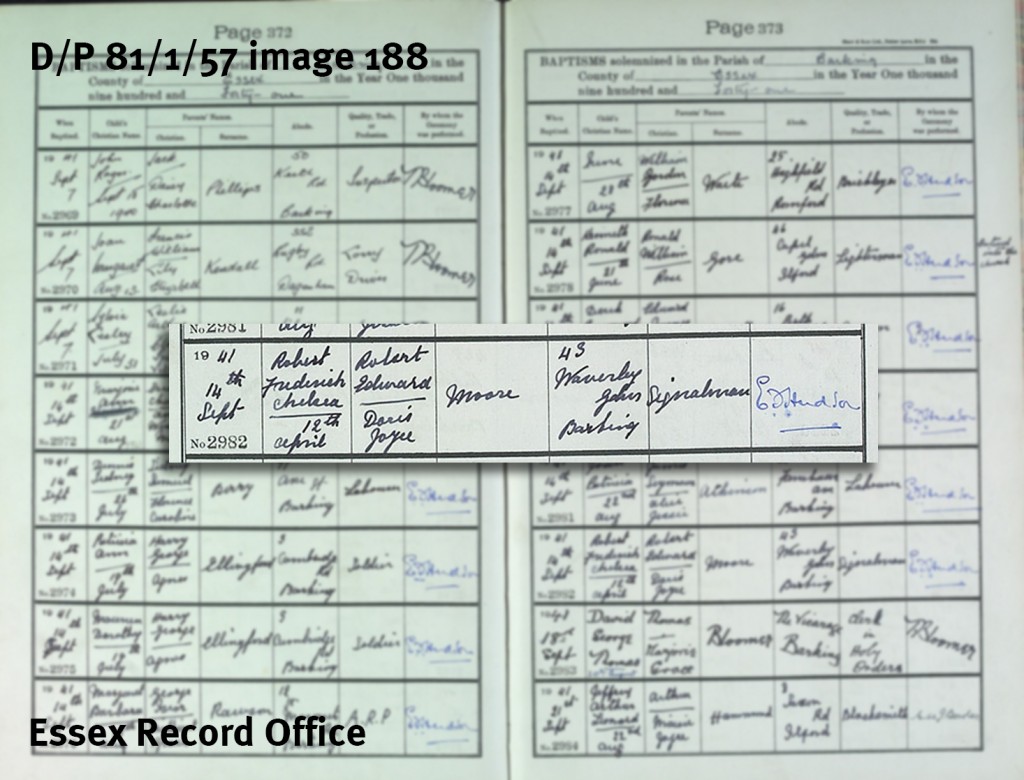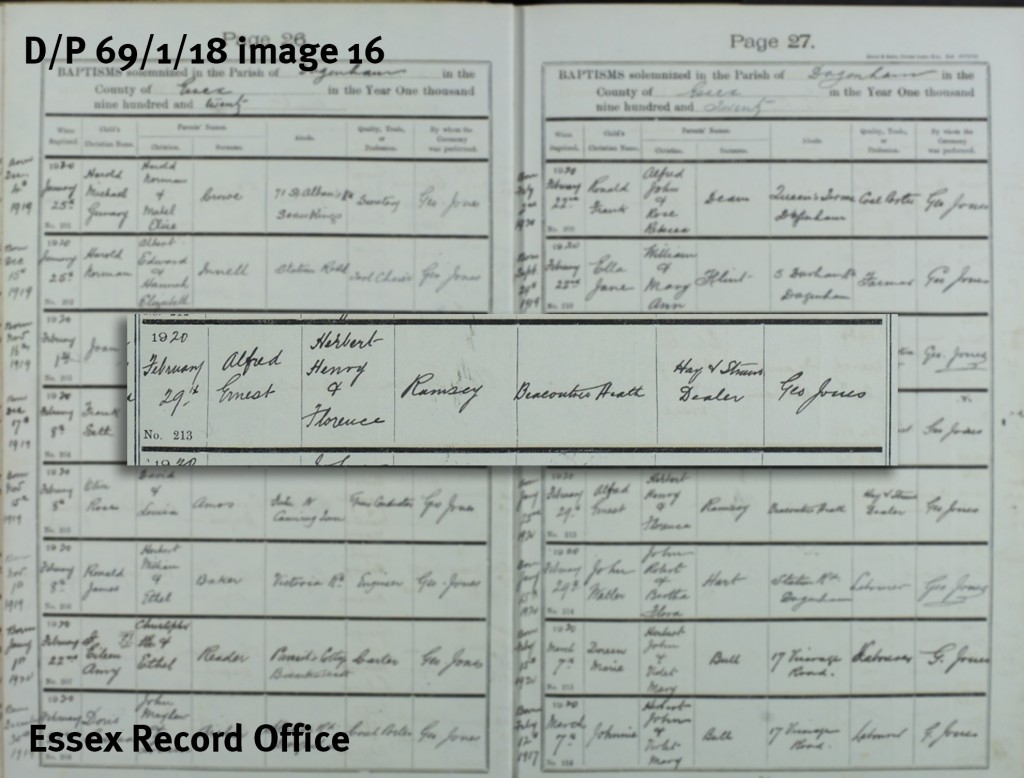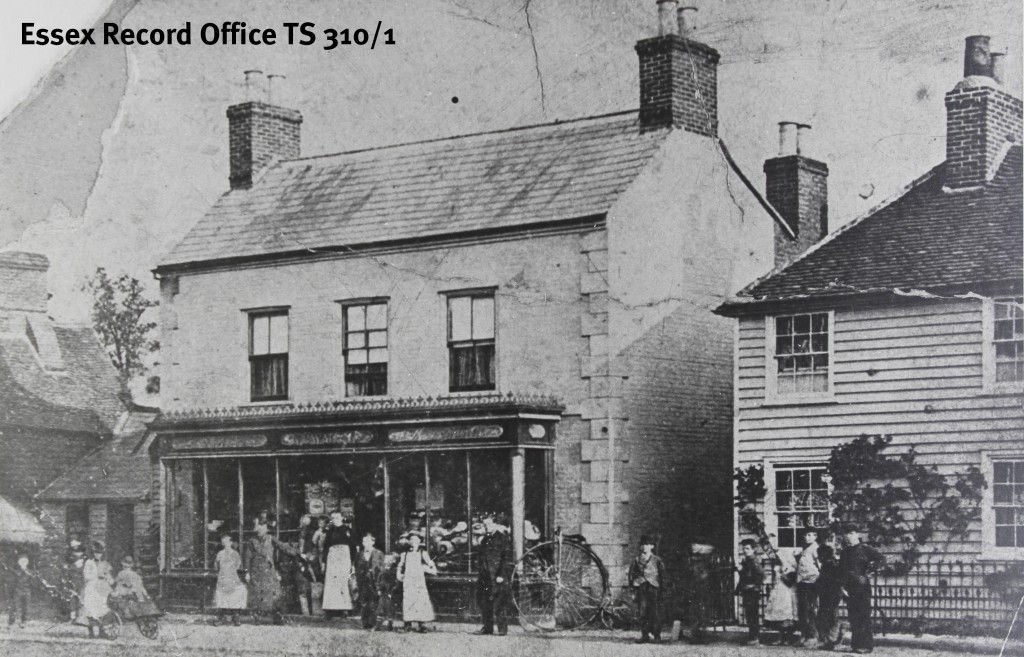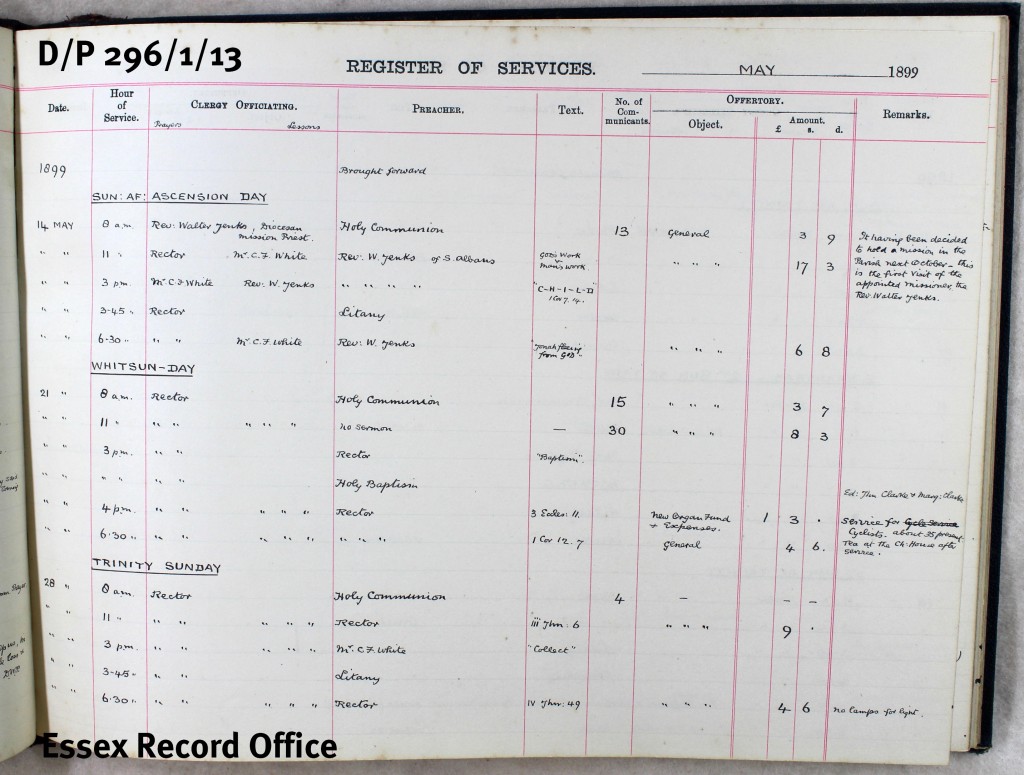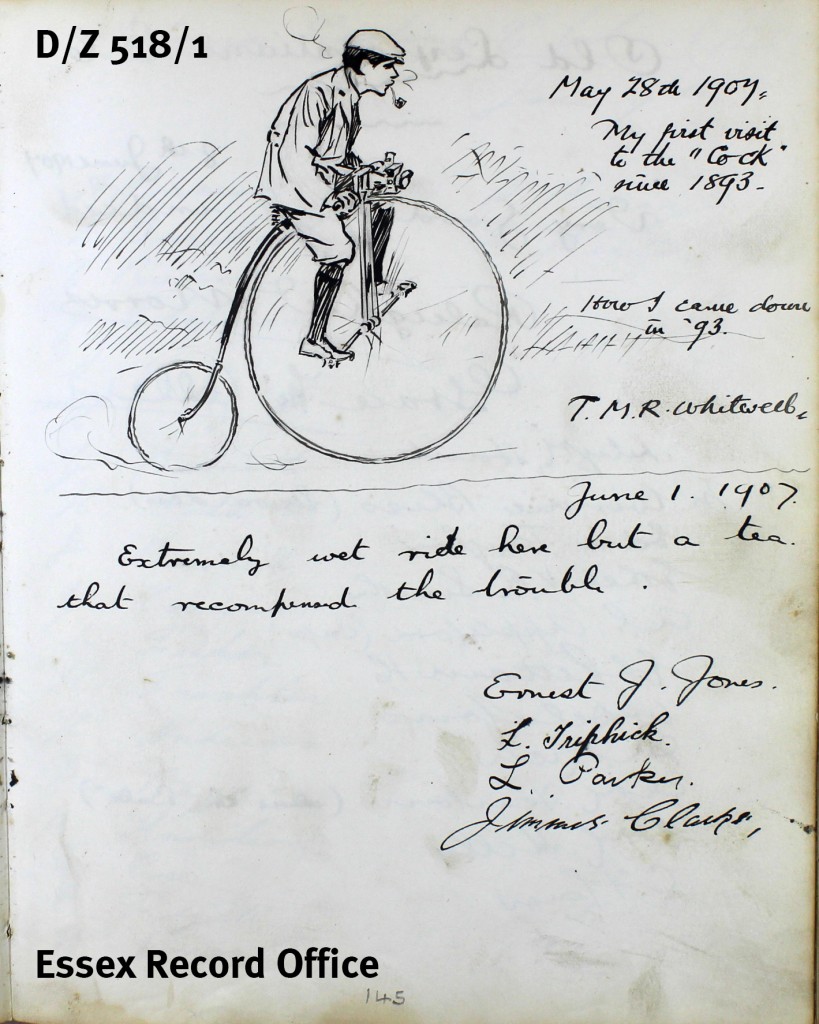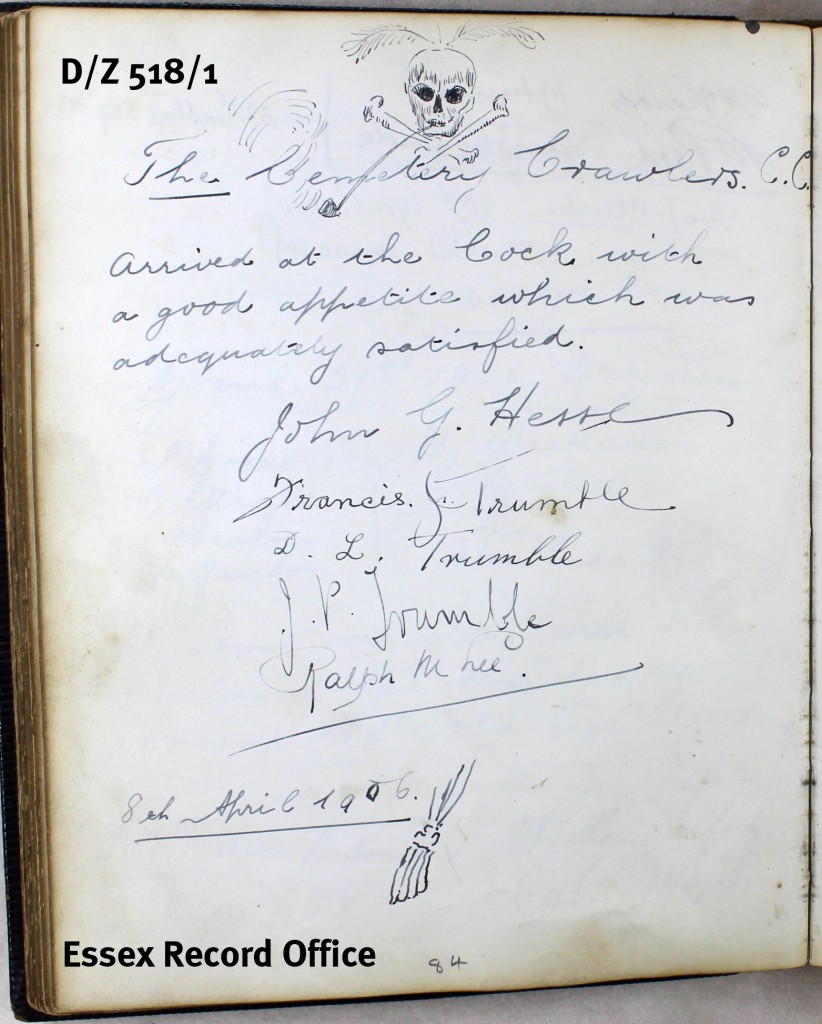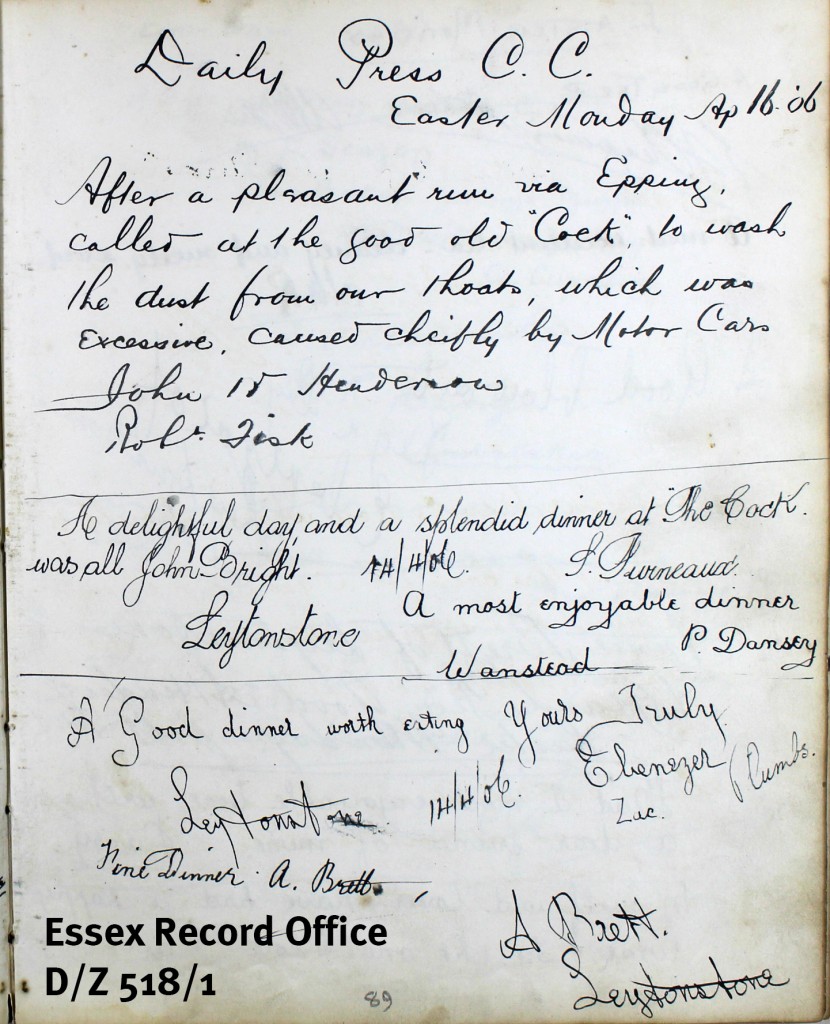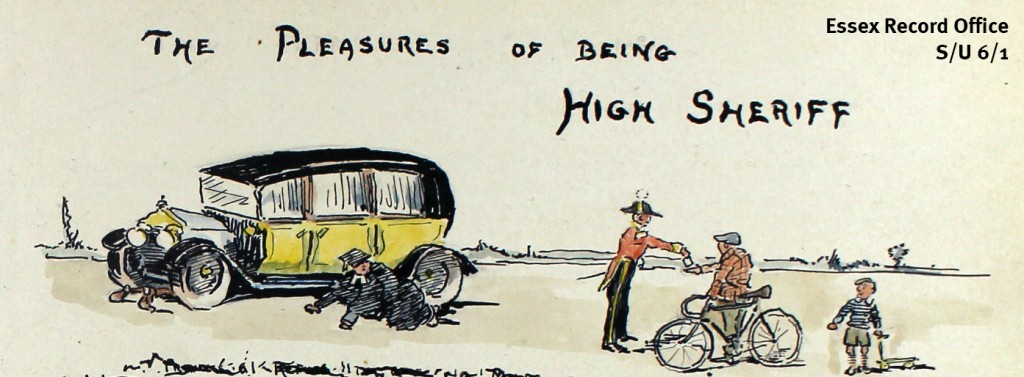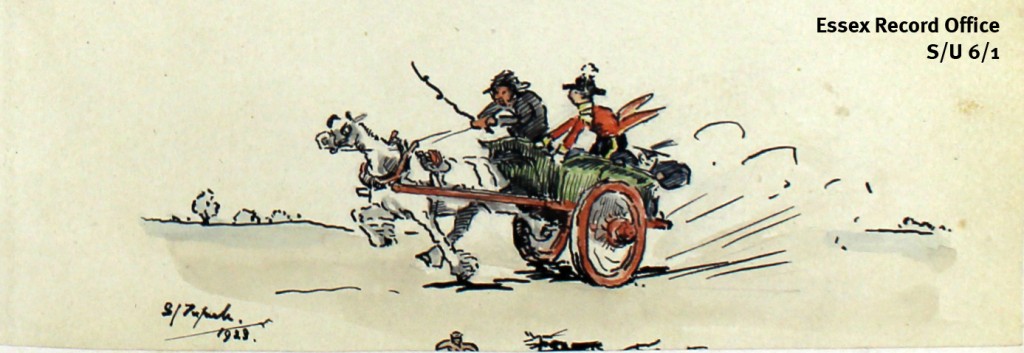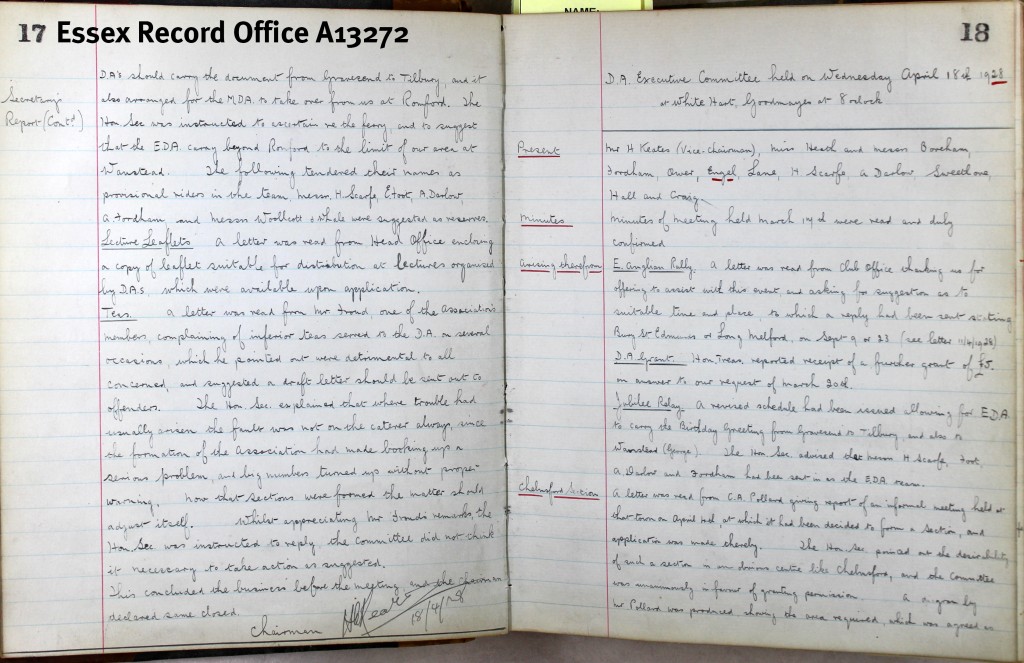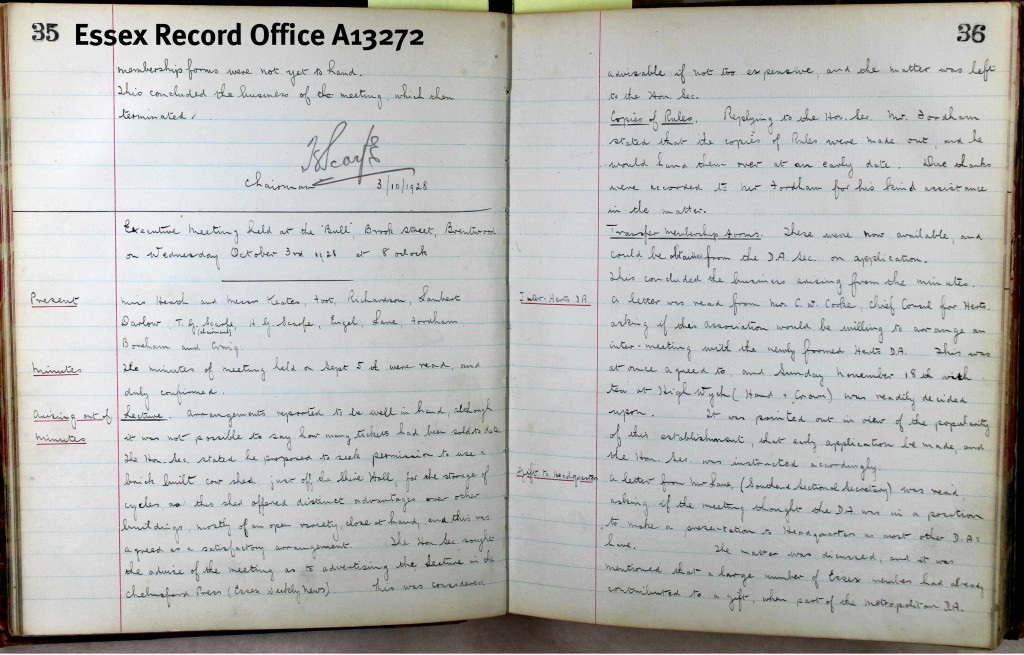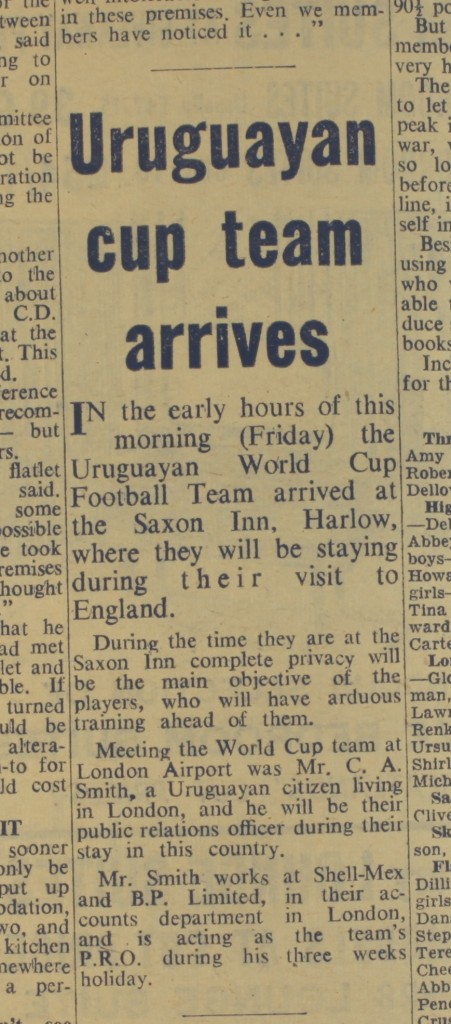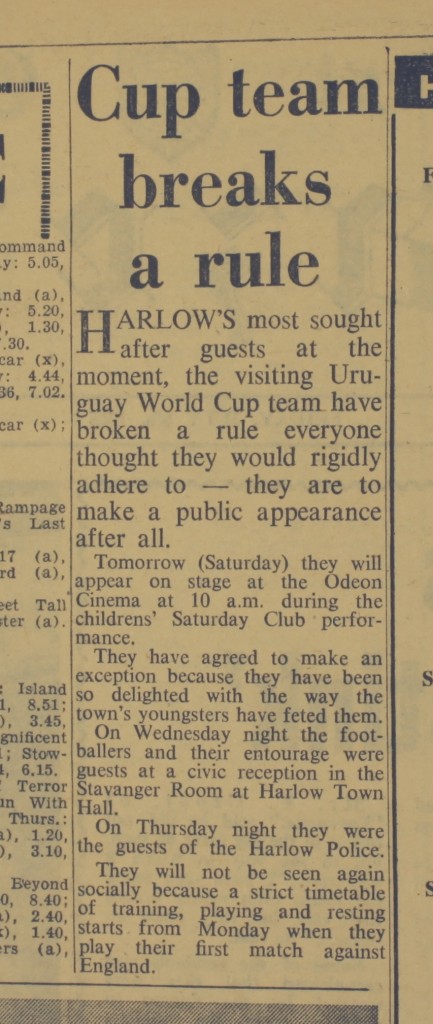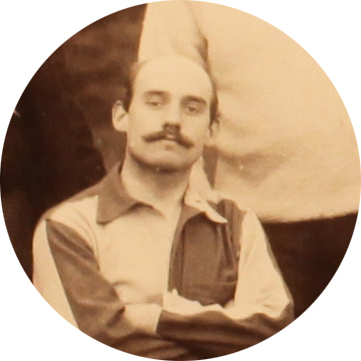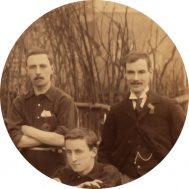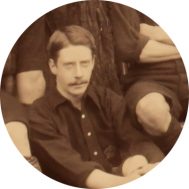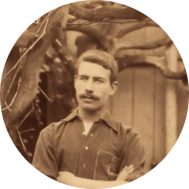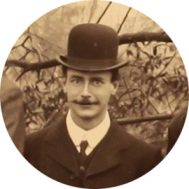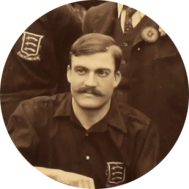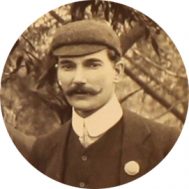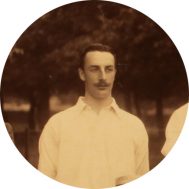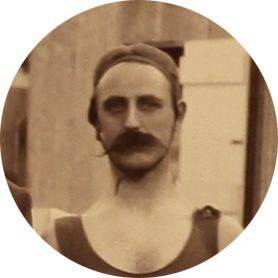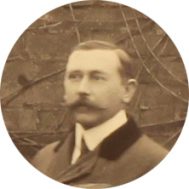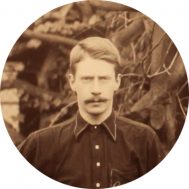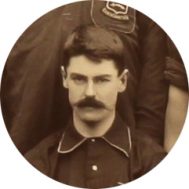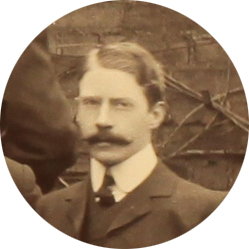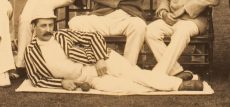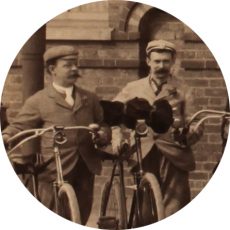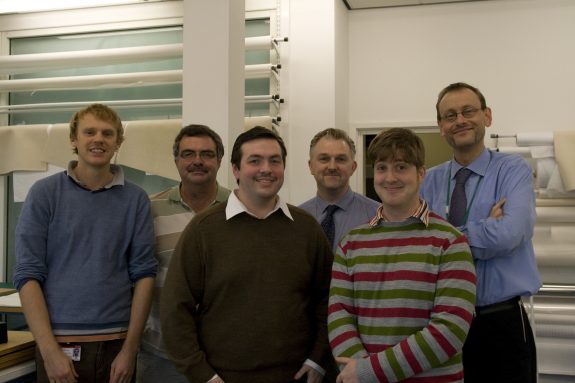There are many things for us Essexians to be proud of, and it seems that one of them is our county’s tendency to produce incredibly talented snooker players, most famously Ronnie O’Sullivan.
In more recent years two more top-ranked players have come out of our county – Basildon-born Stuart Bingham and Colchester-born Ali Carter. Bingham is the current World Snooker Champion, and as the 2016 competition gets underway tomorrow he will be defending his title in his first match of the competition – against Carter.
As these two Essex giants of snooker go head-to-head, we thought we would see which of them has the best Essex credentials.
Stuart Bingham

Stuart Bingham at the 2013 German Masters
Current World Snooker Champion Stuart was born in Basildon – but how far back can his ancestral roots be traced in Essex?
ERO specialist Sarah Ensor has traced his family back over 200 years in the county, to his 5x great-grandfather Thomas Moules. The Moules family lived and worked in the rural villages of Marks Tey and Little Tey, and their baptisms, marriages and burials can be found in the parish registers we look after at ERO.
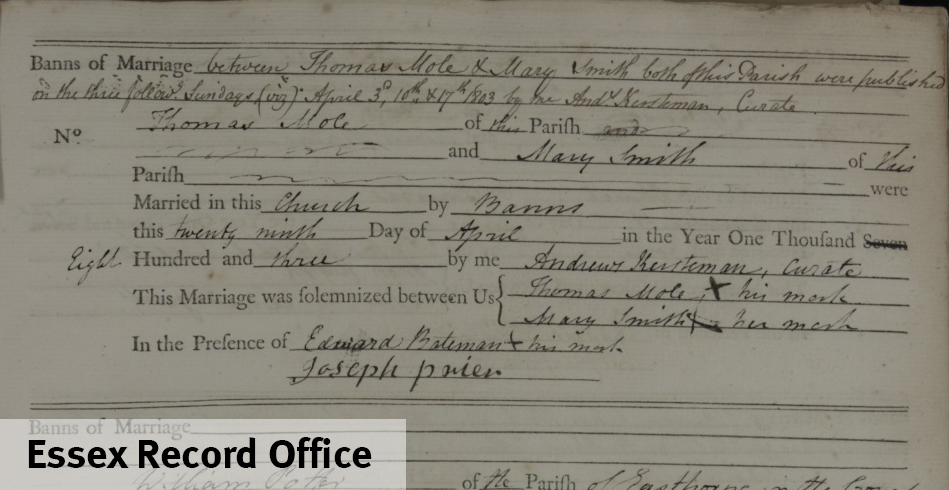
Marriage of Stuart Bingham’s 5x great-grandparents, Thomas Moule (here recorded as Mole) and Mary Smith, in Great Tey in 1803 (D/DP 305/1/4)
Outside the towns Essex was very rural and the Moules lived in a farming community; until the latter part of the nineteenth century they worked as labourers on the land but later described themselves as horsemen – no doubt a step up the farming ladder.
The tradition of agricultural work was broken by Stuart’s great-great-grandfather Walter Moules (b.1869 in Great Tey), who started his working life as a labourer but joined the Royal Artillery, serving in India and Aden.
So far we have traced Stuart’s family back over 7 generations in Essex. A ‘widow Moule’ of Great Tey is named to in a deed of 1773 (D.DAt 45), so it is likely that Stuart’s roots in the parish reach back even further. With such deep roots in the county, Stuart can definitely claim to be a true Essex man.
Ali Carter

Ali Carter at the 2013 German Masters
Ali was born in Colchester and now lives near Chelmsford. He has twice been runner-up in the World Championship, losing to Ronnie O’Sullivan in 2008 and 2012. According to BBC Sport, he is ‘one of the sport’s best-loved and most-respected players, having twice overcome cancer and still been able to maintain his place among the world’s best despite a constant battle with Crohn’s disease.’
Ali’s Essex ancestry can also be traced back to the nineteenth century and beyond. Two of his great-great grandparents, William Hawdon and Emma Long, were both born in Loughton. Their daughter Aimee, Ali’s great-grandmother, was baptised in St Mary’s church in Loughton on 9 December 1898. William’s profession was given as a commercial clerk.

Baptism of Aimee Hawdon, Ali’s great-grandmother, in 1898 in Loughton (D/P 571/1/1)
Another branch of Ali’s family tree takes us back to his four-times-great-grandfather James Piper, who was born in Colchester in about 1796. James is described in the 1841 and 1851 census returns as a labourer, but in 1861 he is recorded as an ‘itinerant bookseller’.
James and his wife Sarah had a daughter, Priscilla, born in Colchester in about 1826, who married Thomas Stoton, another Colchester man and a tailor by trade. In 1871 Thomas and Priscilla were living at 42 St Botolph’s Street, and Thomas employed 1 man and 2 women in his business.
Their daughter, another Priscilla Stoton, married William Waigh, originally from Bethnal Green, but he had moved his family to Woodfood by the time of the 1901 census, when he was recorded as a builder and rent collector.
The verdict
In terms of the depth of their Essex roots, these two giants of snooker are very closely matched. Will they be as closely matched when they step up to the green baize tomorrow?
If you would like to discover how far back you can trace your Essex roots, contact us or visit our Searchroom to start your journey.

